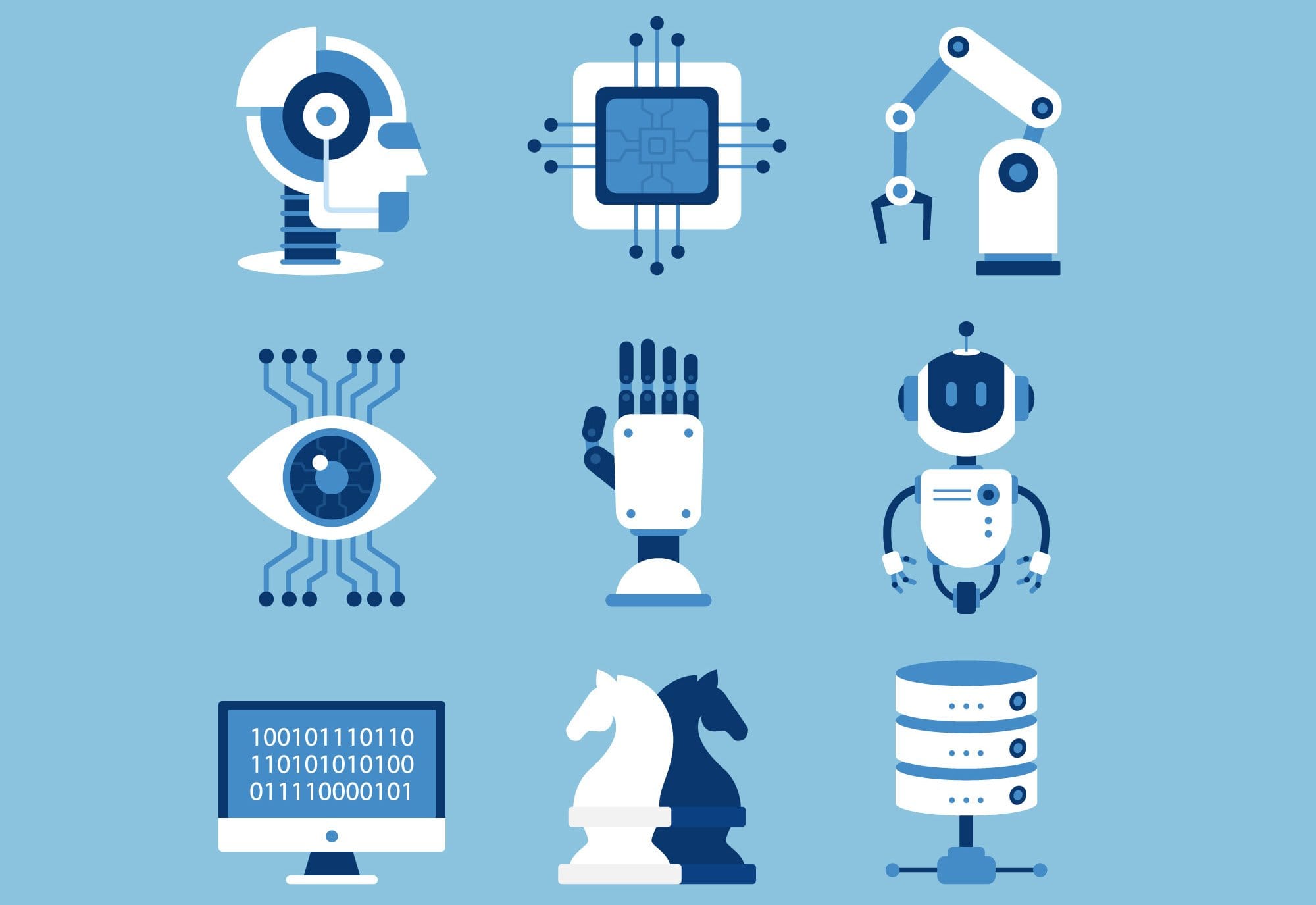
More and more startups now seem to be using it: machine learning. Machine learning enables computers to learn. This is useful because it means that there is less need for people to perform certain tasks. What distinguishes machine learning from artificial intelligence (AI) and data science? And what is the use of this technology? We explain that – and more – in this blog.
What is machine learning?
Machine learning is a research field within artificial intelligence. In other words: machine learning is one of the techniques that can make artificial intelligence possible. How does machine learning work? Thanks to an algorithm, a computer or piece of software can produce more and more desirable outcomes, without people having to be involved. That is because the algorithm is set up to recognize certain relationships and patterns and adjust the “behavior” accordingly. Typically, a programmer must write a piece of code to ensure that the software makes certain choices. Thanks to machine learning, the computer “learns” which choices it has to make thanks to an algorithm. The formula for machine learning therefore goes as follows:
Assignment (Task) x Repetitions (Number of exercises) = Performance (Performance)
Note that the first part of this formula underlines the learning aspect of machine learning. How this technique enables algorithms to learn can be compared to how parents raise their children. Children have certain genes, just like algorithms are made from a certain code. Nevertheless, parents are able to teach children new behavior. Likewise, programmers are also able to adjust the algorithms.
In which forms does machine learning occur?
There are different forms of machine learning. The main differences can be categorized in supervised and unsupervised learning:
– In the case of supervised learning, the data used by the software is first labeled by people. It is particularly suitable for algorithms where the desired output of an algorithm is already known. Thanks to the labeled data input, it enables the algorithm that develops according to supervised learning of predicting events.
– However, if unsupervised learning is involved, there is a good chance that the data is not labeled. The machine-learning algorithm tries to discover new patterns in data, such as corresponding features. This makes it possible to categorize data more efficiently.
There is also reinforcement machine learning. This method revolves around trial and error: by having countless repetitions take place, a computer automatically “discovers” what the ideal outcome is.
What are known examples of machine learning?
A well-known example of machine learning is a spam filter. Because your mail server is getting better at predicting which messages could be spam, it is able to filter non-relevant messages.
More examples of machine learning are described below:
– Streaming services such as Netflix give you tips on which content you probably find relevant. (Did you know that the percentage that you see at Netflix is not about the quality of the film or series, but how well it fits your taste?). Thanks to artificial intelligence, the software learns from the preferences of all users;
– Machine learning is used to determine whether certain manuscripts can actually be attributed to one and the same person;
– Even in art, machine learning has been applied. An algorithm was used to analyze countless paintings. It subsequently discovered that certain artists were influenced by artists with whom they had not previously been associated;
– In the future, it might be possible to determine which medicines a patient needs, thanks to machine learning. This of course has consequences for the number of jobs for doctors.
What are the benefits of machine learning?
Thanks to machine learning, it is not necessary to write a piece of code for each application or outcome, but the software itself learns how to accomplish this task. This saves a lot of time and it makes the software solution much more scalable than the competition that depends on the work of people. This also makes a difference in terms of error sensitivity.
Machine learning also takes into account new, unpredictable developments. Hackers and online scammers are developing smarter ways to get into your mailbox. If you have a mail server without artificial intelligence, it only blocks one type of spam. However, this does not guarantee users that the next generation of mail scammers will also be classified as spam by the mail server. Artificial intelligence makes software future-proof.
Note that there is criticism with regards to the use of artificial intelligence. The controversial thing about using algorithms is that they are getting smarter and that they are not always controlled by people. If that is the case, then there is a risk that the system may display prejudice or even racist characteristics. Making a trade-off – such as between health and costs, when it comes to prescribing medicines – can also produce undesirable – perhaps even inhumane – outcomes. That is, if there is not enough (human) control over the algorithms. Think back to the parenting example: a good programmer “adjusts” an algorithm in time, so that any misunderstandings are corrected.
Conclusion
Machine learning solves many problems and therefore has many applications. There is a chance that you use dozens of machine learning applications every day without realizing it. If you want to develop a technical solution, it is advisable to consider machine learning as part of this solution. It ensures that you save time for repetitive tasks and that your software application becomes smarter and future-proof. As is the case with many forms of technology, the same applies to machine learning: it is a usable tool, where its use must be properly monitored by people.
Do you want to know more about machine learning? Then contact us via our contact form on the website.
Would you like to see how we can help your future solution? We will be happy to chat!






